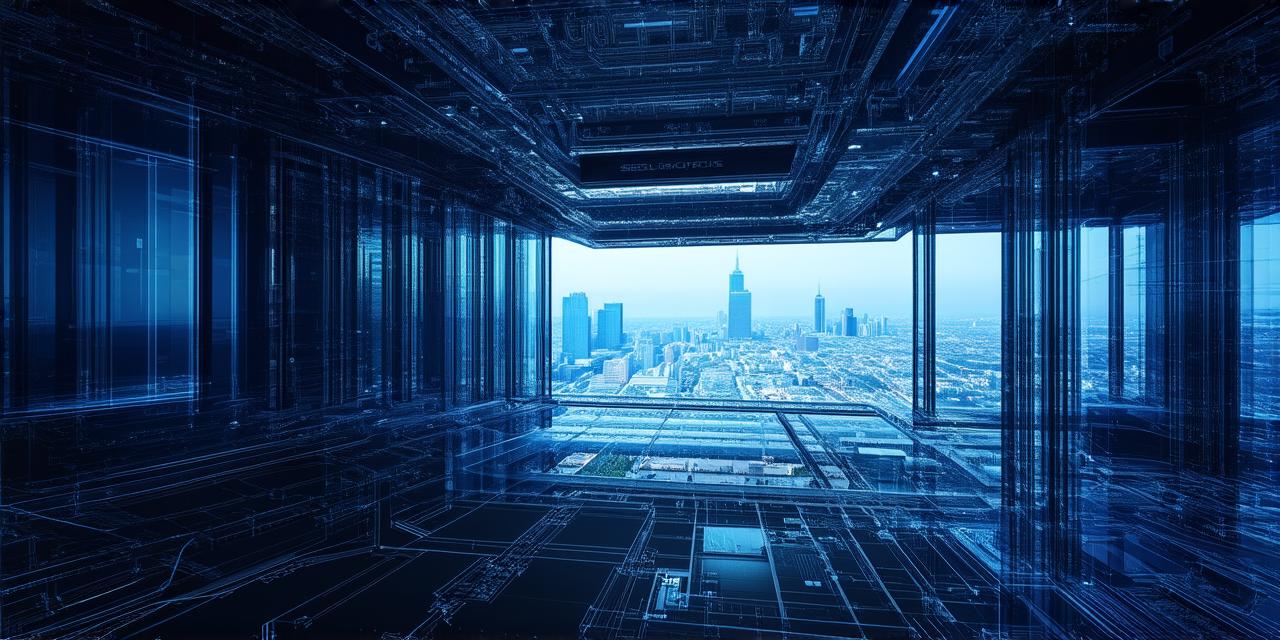Virtual Reality (VR) technology is revolutionizing the way we experience and interact with our environment. One of the industries that are taking advantage of this technology is architecture.
Why Virtual Reality is Important for Architects
Virtual reality provides architects with a unique opportunity to create realistic simulations of their designs. This allows them to test and refine their designs before they are built, saving time and money in the long run. VR also enables architects to provide clients with immersive experiences that allow them to visualize and understand the design in a way that is not possible with traditional 2D drawings or models.
Applications of Virtual Reality in Architecture
Virtual reality has many applications in architecture, including:
-
Design Visualization: Architects can use VR to create realistic simulations of their designs. This allows them to test and refine their designs before they are built, saving time and money in the long run. VR also enables architects to provide clients with immersive experiences that allow them to visualize and understand the design in a way that is not possible with traditional 2D drawings or models.
-
Project Management: VR can be used to create virtual representations of construction sites, allowing architects and builders to plan and execute projects more efficiently. This technology also allows for better communication between different stakeholders, reducing errors and increasing productivity.
-
Training and Education: Virtual reality can be used to train building professionals in a safe and controlled environment. This allows them to practice new skills without the risk of injury or damage to property. VR can also be used to educate architects and students about the design process and how to use different tools and software.
-
Marketing and Sales: Virtual reality can be used to showcase properties and projects in a unique way, allowing clients to experience them as if they were actually there. This technology can help architects and real estate agents sell properties more effectively and efficiently.
Case Studies of Virtual Reality in Architecture
The Edge by Foster + Partners
The Edge is a sustainable development project located in Amsterdam, Netherlands. Foster + Partners used VR to create a virtual representation of the project, which allowed them to test and refine the design before it was built. This technology also enabled the team to communicate with clients and stakeholders more effectively, reducing errors and increasing productivity.
The Gherkin by Norman Foster
The Gherkin is a high-rise building located in London, England. Norman Foster used VR to create a virtual representation of the project, which allowed him to test and refine the design before it was built. This technology also enabled the team to communicate with clients and stakeholders more effectively, reducing errors and increasing productivity.
The Louvre Museum by Pritzker Prize-winning architect Jean Nouvel
Jean Nouvel used VR to create a virtual representation of the Louvre Museum in Paris, France. This technology allowed him to test and refine the design before it was built, saving time and money in the long run. VR also enabled the team to communicate with clients and stakeholders more effectively, reducing errors and increasing productivity.
Future of Virtual Reality in Architecture
Virtual reality is still a relatively new technology, but its potential in architecture is enormous. As the technology continues to improve and become more accessible, we can expect to see even more innovative uses of VR in the industry. This includes:
-
Augmented Reality (AR): AR allows architects and builders to overlay digital information onto the real world, providing a seamless blend of virtual and physical elements. This technology has the potential to revolutionize the way we interact with our environment.
-
Artificial Intelligence (AI): AI can be used to analyze large amounts of data and provide insights into the design process. This technology can help architects make more informed decisions and create more efficient and sustainable designs.
